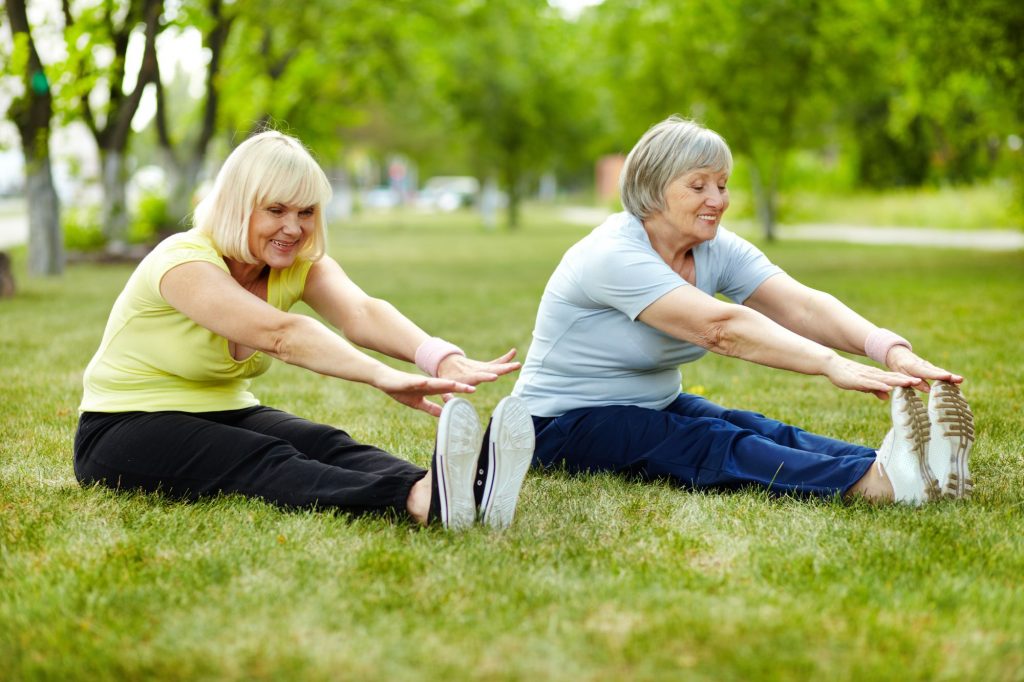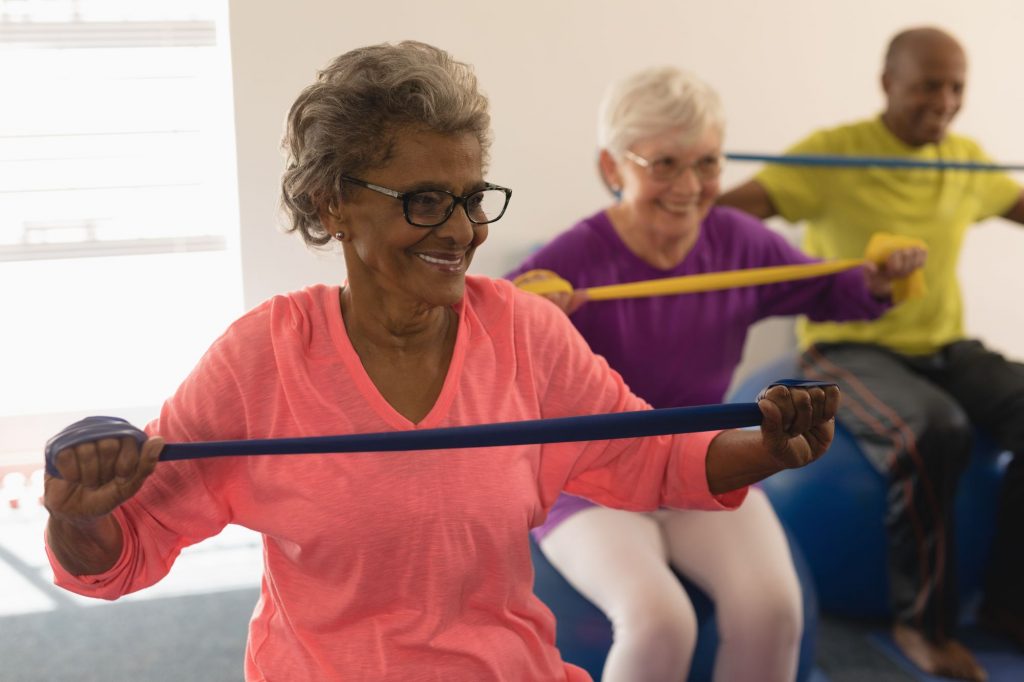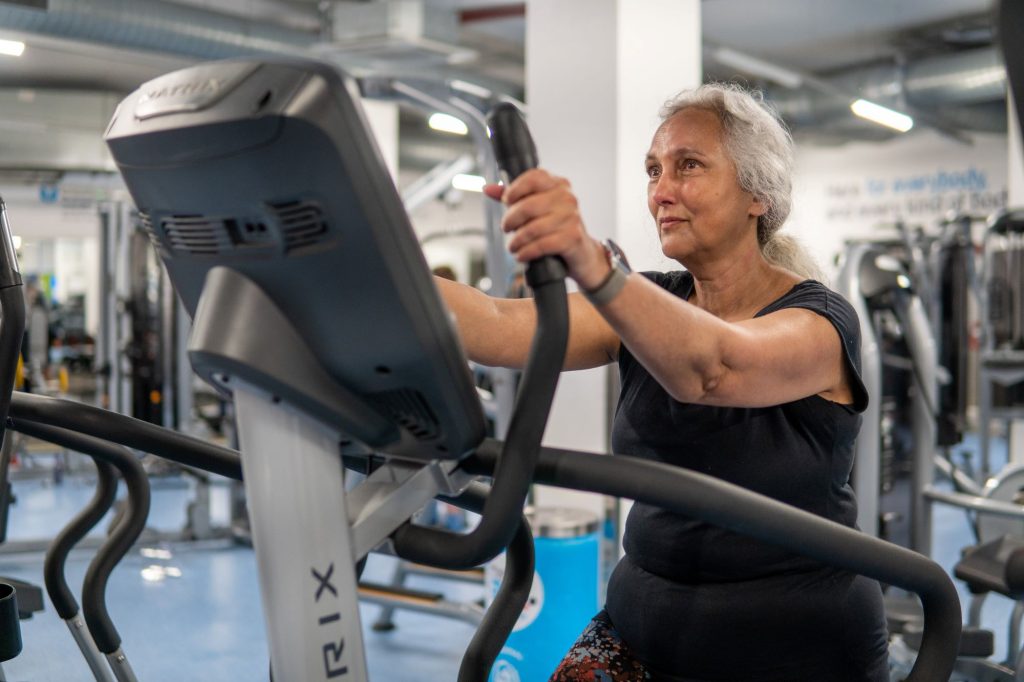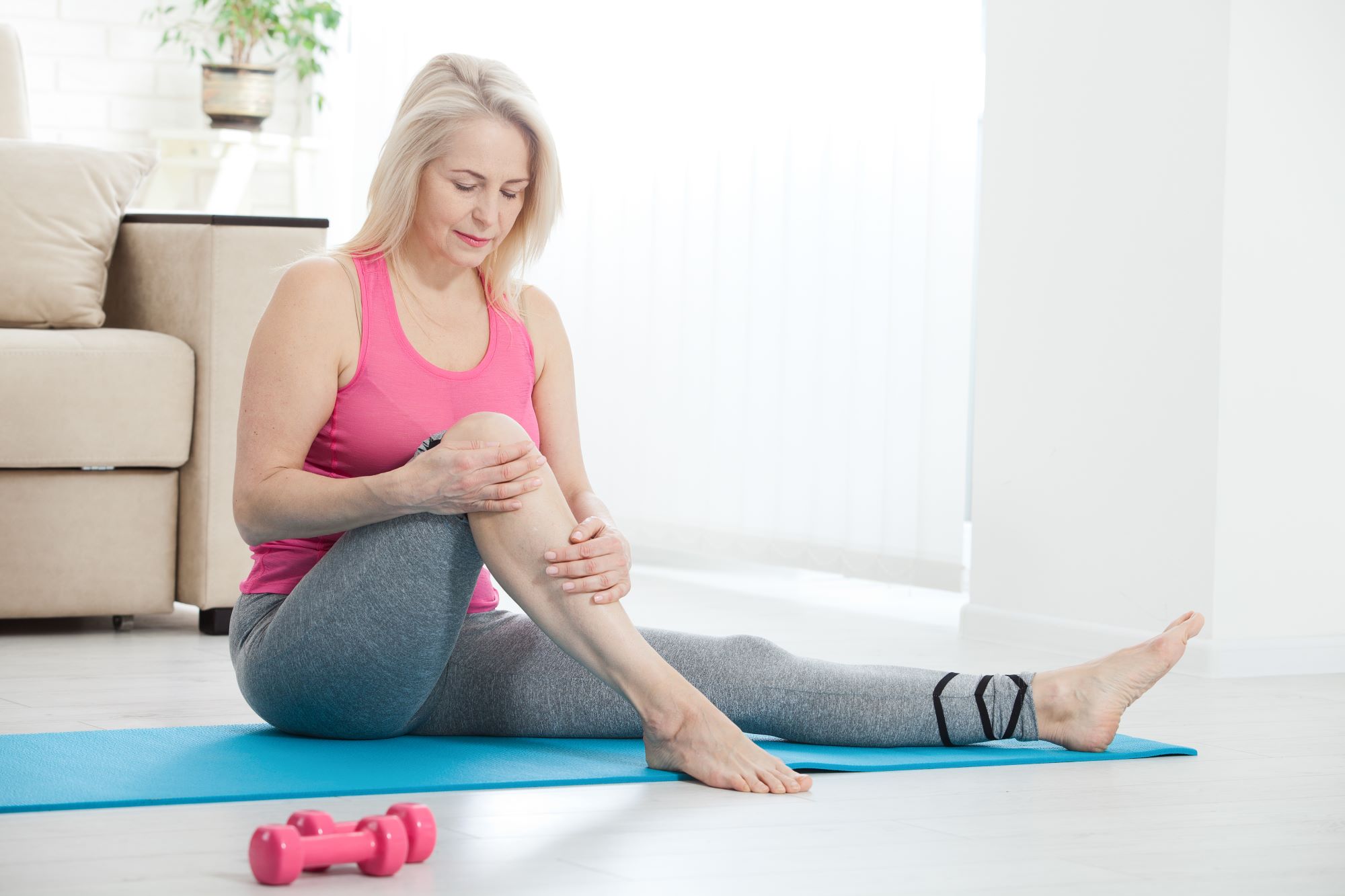These 7 Exercise Tips Are Essential for Diabetes

While diabetes has no cure, you can still adopt certain habits to manage the condition better. For example, maintaining a healthy weight and eating well can help someone with type 2 diabetes live healthier and happier lives. Of course, exercising is also a great way to manage the condition! However, diabetics must follow certain exercise “dos” and “don’ts” to exercise safely. If you have diabetes, you won’t want to miss this article. Here are 7 exercise tips that are essential for diabetics!
1. Talk to a doctor before you attempt any exercise.

Before starting any exercise program, it’s essential to consult with your doctor, especially if you have any complications related to diabetes. Not all exercises are safe for someone with diabetes, so make sure you reach out to your healthcare provider before you go to the gym. They can provide personalized recommendations based on your health status and fitness level. Don’t just assume that all exercise is safe for you to do!
2. Hydrate properly.

Drink plenty of water before, during, and after exercise to stay hydrated. Dehydration can affect blood sugar levels and overall performance during physical activity. Avoid sugary drinks and opt for water or other low-calorie beverages. Men should aim for about 15.5 cups a day, whereas women should drink around 11.5 cups. However, it’s important to note that the amount of water you drink depends on your body weight and specific health needs.
3. Carbo-load.

Working out on an empty stomach may not only yield less-than-desirable results, but it can also be detrimental to the health of someone with diabetes, causing blood sugar swings. To keep your blood sugar levels balanced, properly fuel your body before a workout. Eat a snack that has a combination of fat, protein, and carbs. For example, plain oatmeal with some fruit slices and peanut butter can be a great pre-workout snack. Or you can opt for whole-wheat toast with nut butter. Make sure you don’t make the same mistakes as Michael Scott from The Office before he ran a 5K. Hydrate yourself and eat a healthy, well-balanced snack!
4. Do a warm-up (and a cool-down).

Before and after you do your workout, make sure you do some stretches. Stretching pre and post-workout is important, no matter your fitness level. However, it may be imperative for diabetics, as high blood sugar levels can make your muscles more prone to stiffness. Additionally, stretching before and after a nice sweat session can help lower muscle soreness and lessen injury risk. Not sure how to stretch properly? Then check out this beginner’s stretching regime from Senior Fitness with Meredith!
5. Embrace variety.

Incorporate a variety of exercises into your routine to engage different muscle groups and prevent boredom. Mix cardiovascular activities like walking, swimming, or cycling with strength training exercises using weights or resistance bands. And don’t forget the flexibility training, like stretches or Pilates! Doing a nice mixture of exercises will help keep you strong and fit.
6. Work out with an exercise buddy.

A lot of things in life are more fun with friends, and that includes exercise! However, for diabetics, it might also be a matter of safety. Exercise can cause blood sugar to become too low in people who take insulin, a condition known as hypoglycemia. Symptoms may include shakiness, dizziness, or confusion. Always work out with a friend (or more than one friend) just in case you need a little assistance. Plus, working out with a friend can help you stay motivated to reach all your fitness and health goals.
7. Be consistent and patient.

Consistency is key to reaping the long-term benefits of exercise for diabetes management. Be patient with yourself and recognize that progress takes time. Celebrate your achievements along the way, no matter how small they may seem. A little progress is better than no progress at all. Be kind to yourself and try to stay consistent. If you lose track of your fitness goals, take a breather and then get right back into it. Remember—all good things take time, and that applies to your exercise goals!
Bottom Line

Remember that managing diabetes is a lifelong journey, and exercise is just one piece of the puzzle. Along with regular physical activity, it’s essential to follow a healthy diet, take medications as prescribed, and monitor your blood sugar levels regularly to keep your diabetes under control.
Popular Articles About Health Conditions
Originally published April 04, 2024








